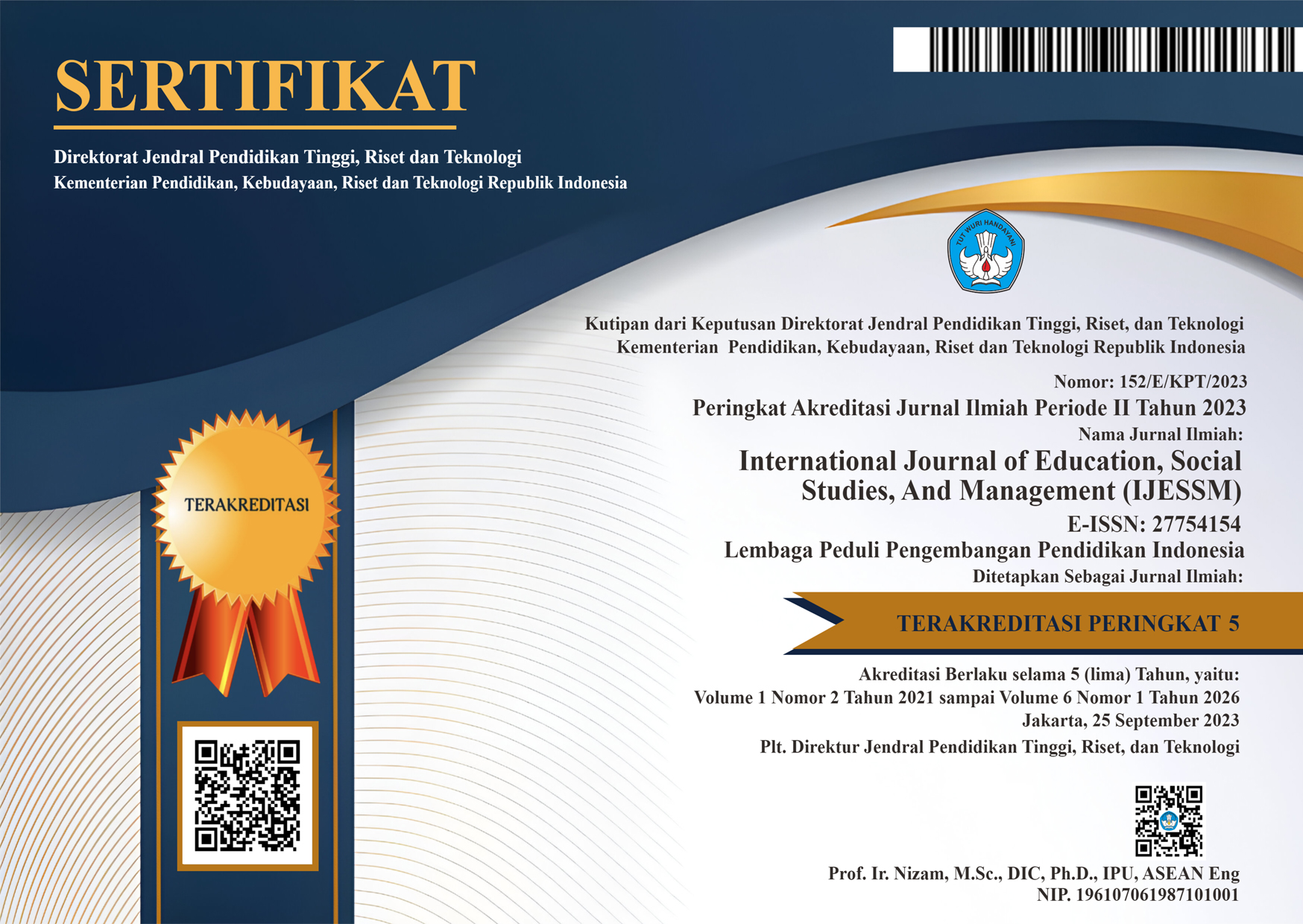Modeling Economic Growth in Papua Province Using Panel Data
DOI:
https://doi.org/10.52121/ijessm.v4i2.271Keywords:
Average Years of Schooling, Labor Force Participation Rate, GRDPHBAbstract
This study aims to determine and analyze simultaneously the effect of Average Years of Schooling, and School Participation Rate on GRDPHB in Papua Province, the type of research used is the panel data regression model. This study uses panel data regression methods, the data used involves a combination of time series and cross-section data. The results showed a positive and significant effect of RLS and TPAK on GRDPHB in Papua Province with an adjusted R Square value of 0.998016 or 99.80%. This finding confirms the importance of focusing on improving the quality of education along with maintaining a high labor force participation rate as a strategy to strengthen Papua's economic base. Thus, human development and strengthening human resources will be the key to sustainable economic growth in Papua.
Downloads
Published
How to Cite
Issue
Section
License
Copyright (c) 2024 International Journal Of Education, Social Studies, And Management (IJESSM)

This work is licensed under a Creative Commons Attribution 4.0 International License.

















